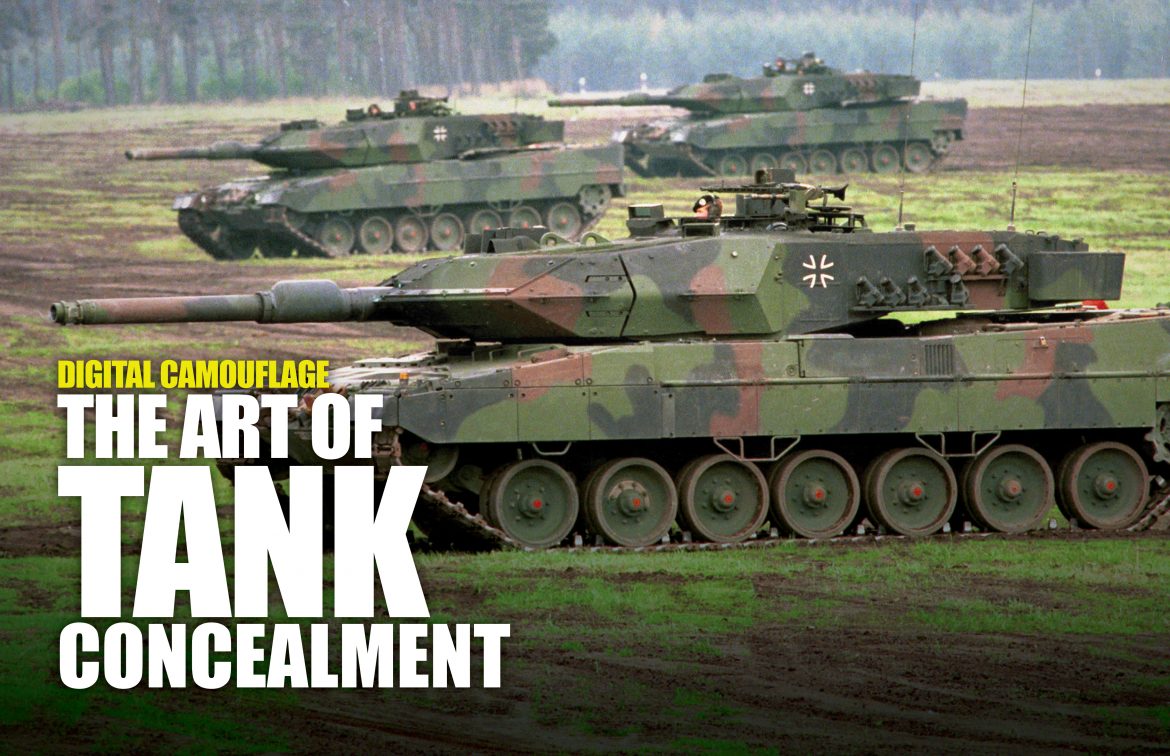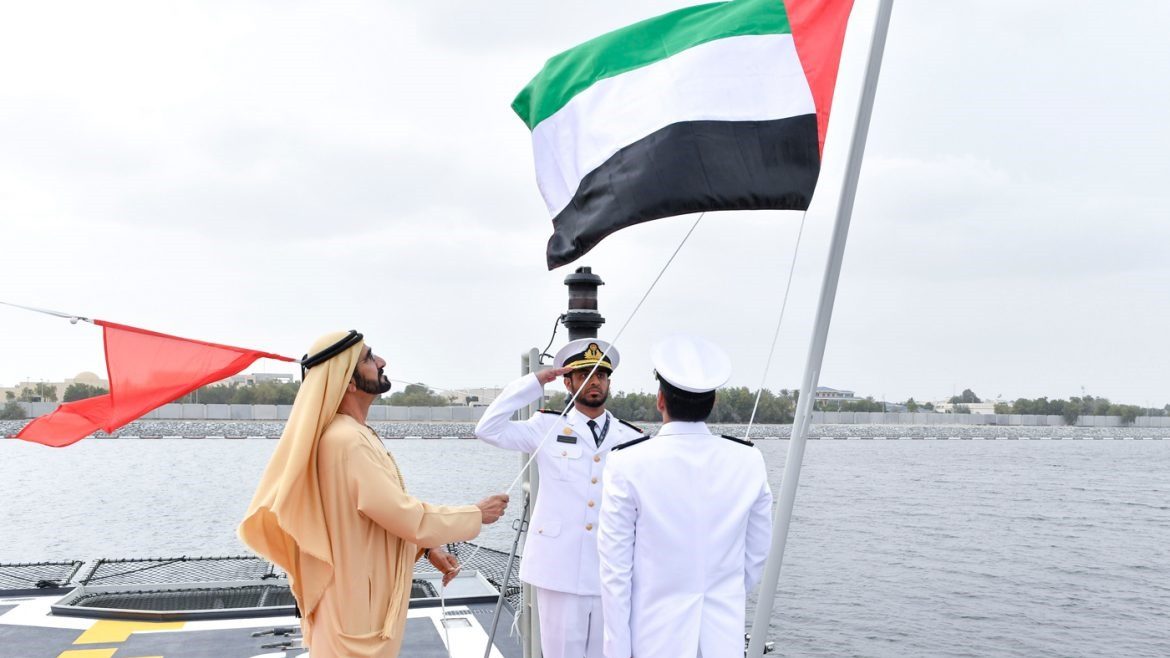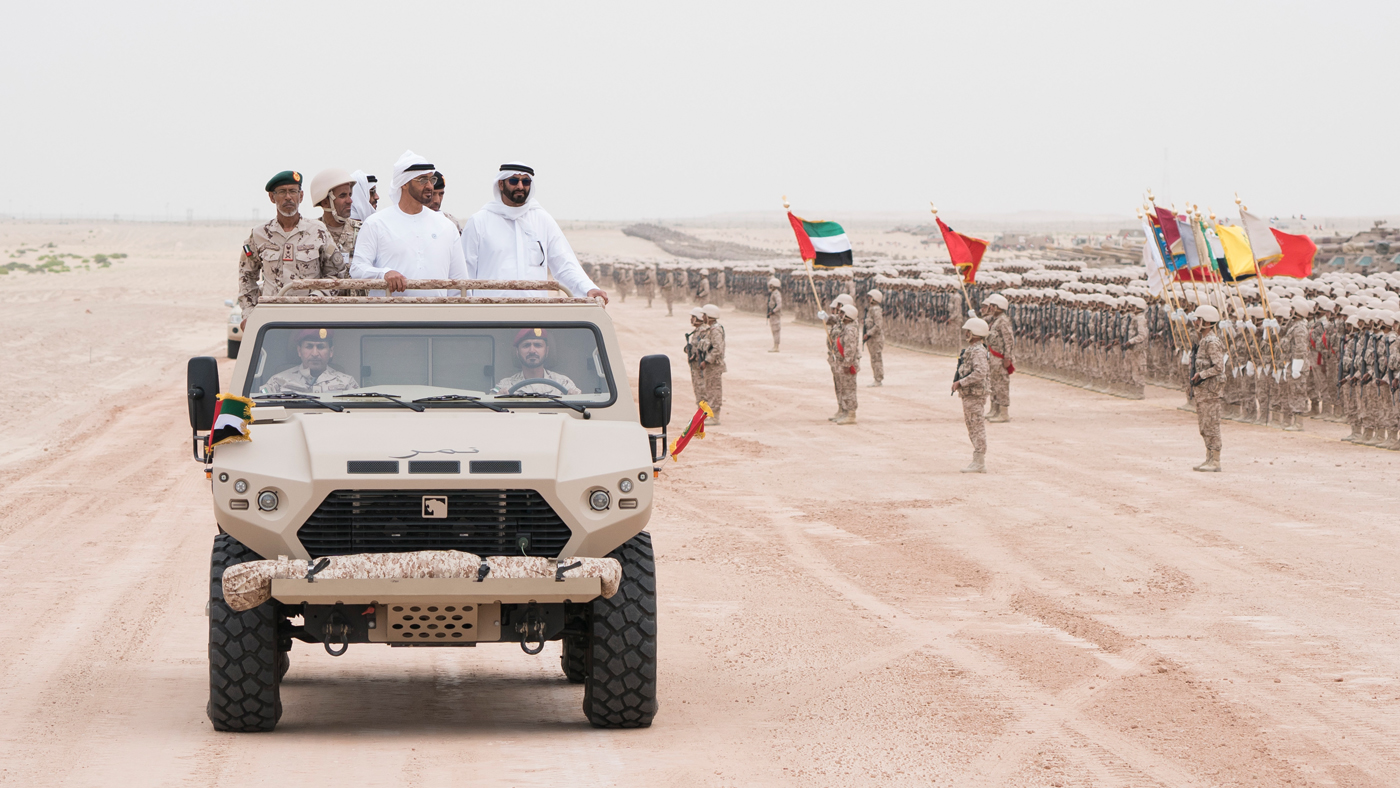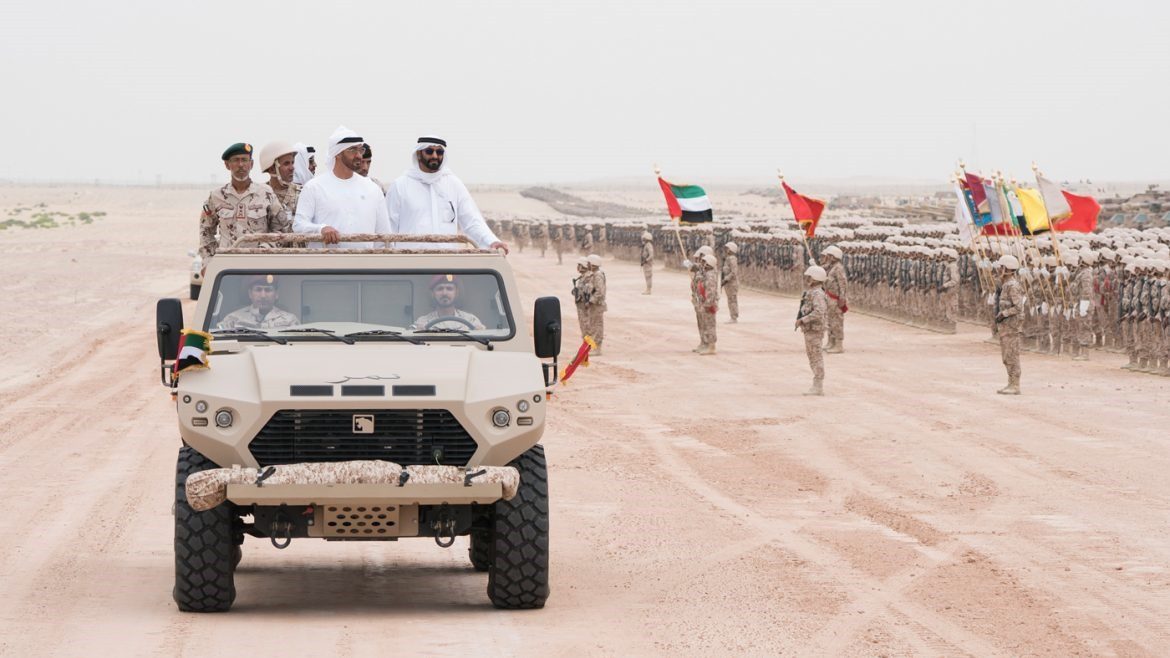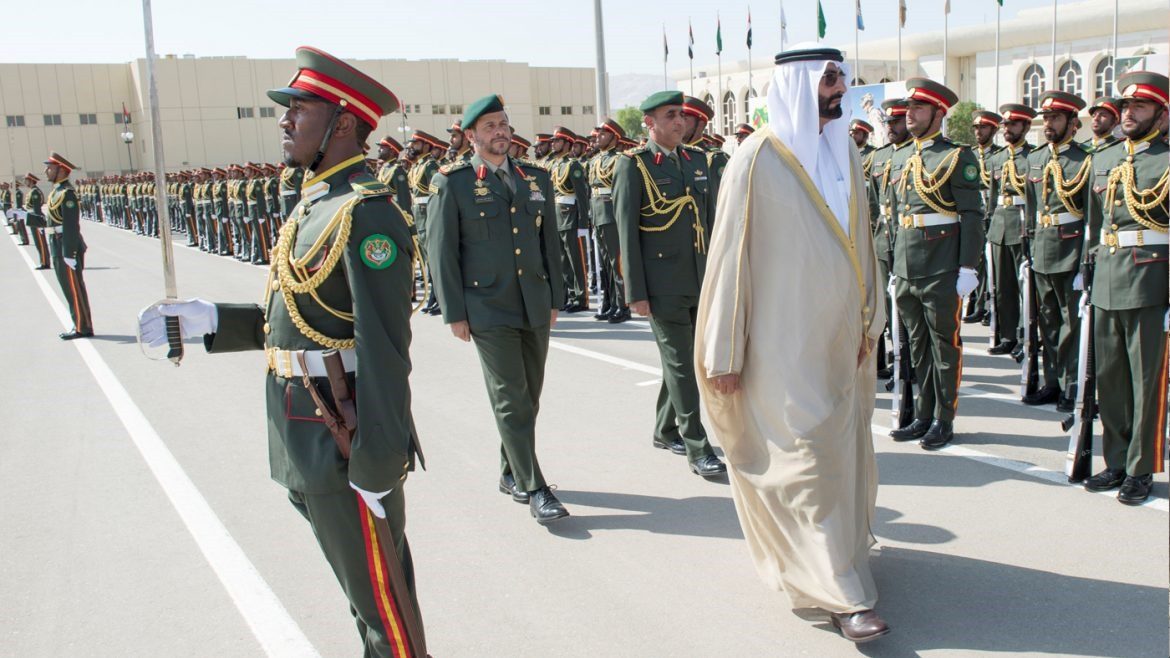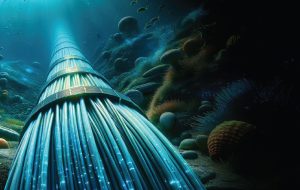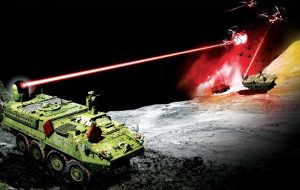Competition between weapons and counter-measures has always been the most prominent feature in the history of conflicts and wars, and as detection and identification techniques develop, concealment and camouflage techniques develop as well, because you cannot hit what you cannot see.
Some may think of military camouflage as an easy task involving using shades of green, beige, blue, or gray on devices or clothes, however, camouflage is a lot more complicated today, as equipment and people must be hidden not only from the eyes of the enemy but also from Infrared cameras and radars as well as artificial intelligence (AI).
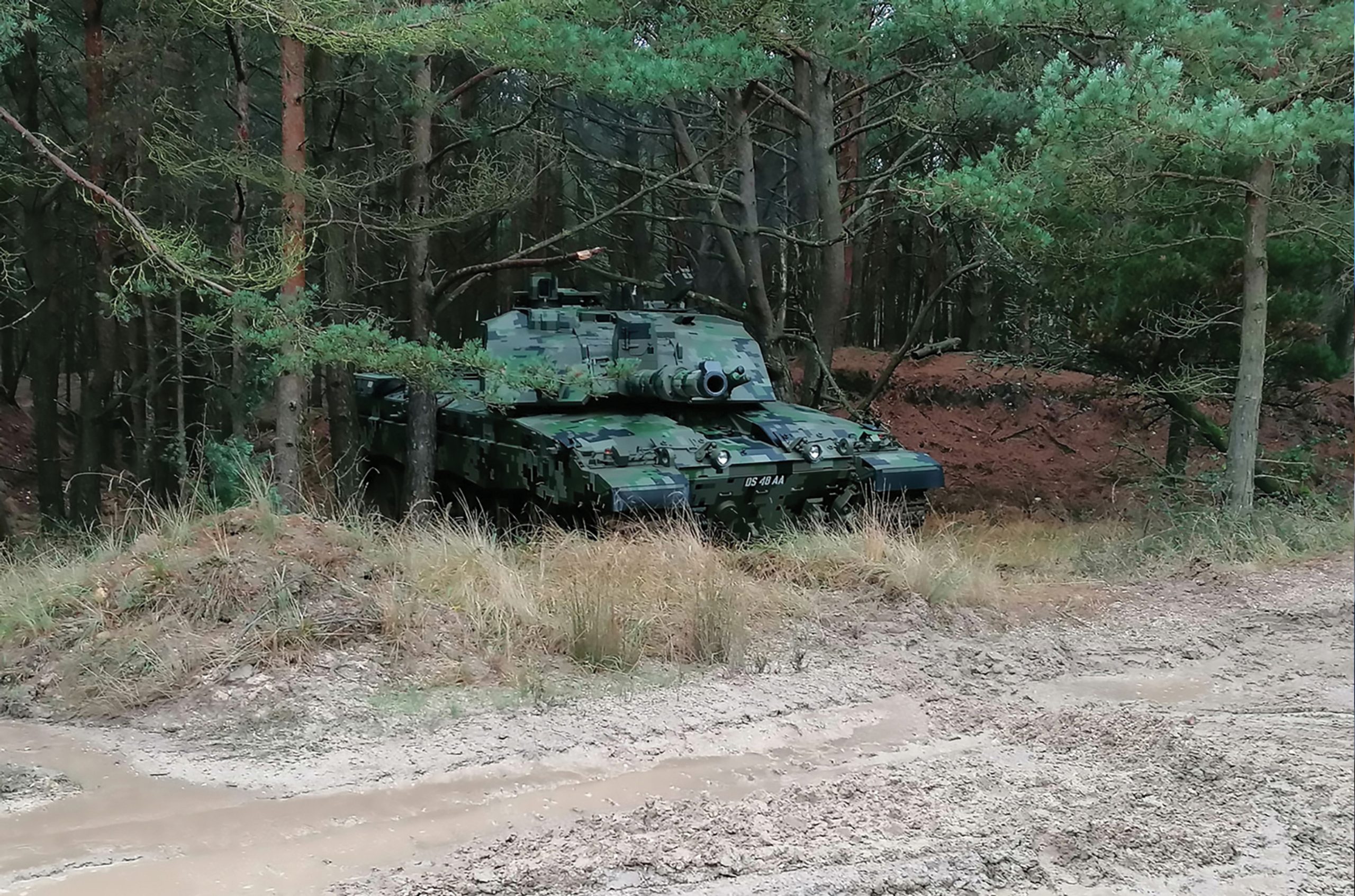
Furthermore, militaries and defense industries are working on two entirely separate camouflage technologies:
1. Static: Such as paint or textiles that do not change once applied.
2. Dynamic: which adapts in real-time to its environment.
Lessons gained from modern battlefields have proven that tanks are vulnerable at extremely close ranges, meaning that their camouflage is key to gaining a winning advantage.
The goal of camouflage is to make the object blend with its background, and to achieve this you need to conceal its shape, shine, and shadow by creating a camouflage scheme for the tank that makes it hard for both humans and AI detection tools to spot, thus deceiving the enemy and giving the camouflaged tank an advantage.
The British experiment: Using Digital Camouflage to Conceal the Challenger 2 Tank
Learning from experience and adapting to its results is one of the key factors in winning a war. When a team from the Armoured Trials and Development Unit (ATDU) belonging to the British army visited the British Tank Unit in Estonia to study its experience in street warfare and learn valuable lessons from their experience there, they found that the most important lesson was the urgent need to hide, deceive and survive, especially given that operational analysis indicated that on the battlefield, tanks are destroyed at surprisingly short range and maintaining battle-winning capabilities is vital to success. While the ATDU was being shown an artificial intelligence system that could analyze images from sensors, then automatically identify potential targets with a degree of certainty, the unit started to think about how the shape and thermal and electromagnetic signatures of the mechanisms could be masked to prevent such detection from occurring.
Along with lessons learned from tank warfare in Estonia, this inspired the development of the Challenger 2 tank camouflage experiment.
Developed and designed by the ATDU, the MCDC-5 uses several variables to make the 75-ton Challenger 2 tank difficult to detect on the battlefield with the naked eye and optical sensors.
This design aims to give tank operators a few extra seconds to act first by keeping the tank hidden from the enemy, as every second before the enemy’s targeting devices detect the tank is valuable and can increase the chances of survival of the tank and its crew.
The number 5 in “MCDC-5” refers to the five different types of paint used in camouflage, each paint is a different color and has different levels of thermal, and radar absorption and reflection properties, which alter the shape of the tank when viewed with the naked eye or optical sensors such as thermal sensors.
This camouflage system works in both rural and urban environments and helps integrate the tank with the environment, by adding shine to some areas while obscuring the shape of others, making identifying the tank’s location and direction difficult.
The design also works well against AI-powered drones, by masking the tank’s visual, thermal, or electronic signature, causing the AI to mistake a tank for another vehicle that does not warrant the use of the drone’s ammunition.
Almost anyone can spot a tank in any environment at a distance of less than 300 m, so the camouflage system was designed with a focus on the distance of 300-1300 m (the range where most tank battles take place).
The project received support from the Tank Museum, allowing it access to the archive of historical camouflage patterns, including camouflage schemes used for ships in World War I, Western Desert paint and camouflage projects dating back to World War II, state-of-the-art paint experiments in the 1960s and 1970s, as well as modern and historic optics for other armies.
Furthermore, the project received support from The Defence Science and Technology Laboratory (Dstl), allowing it to draw on scientific research on how pixels are identified by human-machine optics.
This made it easier for the research team to see how the enemy sees their tanks, enabling them to complete the design process.
Given the tank’s distinctive size and shape, the system focuses on distances exceeding 1,300 meters, where tanks look like black boxes to the naked eye and regardless of pixel ability or shape, making the blurred pattern becomes indistinguishable.
“This is the first time I’ve seen our machines through the eyes of the enemy, which helps provide a better understanding of how to apply our camouflage and concealment techniques, and how we look forward to designing what we’re trying to achieve,” said Major Charlie Brunskill, a member of the research team.
In a major test of camouflage abilities, the ATDU provided 100 individuals of various levels of experience with optics, binoculars, and target specifications.
Once they have located the tank and determined its direction, they were instructed to relay a detailed description of the target.
During the experiments, the Challenger 2 tank using the MCDC-5 camouflage system went undetected 80% of the time, while the same tank painted with the traditional NATO green color went undetected only 30 % of the time.
The development of the MCDC-5 was part of a broader Hide, Deceive, and Survive project run by the ATDU, aimed at developing a suite of technologies that can give the Army an advantage on the battlefield.
One of these technologies was dummy targets, where the ATDU explored how camouflage techniques and low-tech solutions like heat mats powered by car batteries could be used to make something as simple as inflatable shapes look like tanks to high-tech optics.
Since the MCDC-5’s camouflage makes it difficult to spot real tanks and draws enemy fire toward dummy targets, two challenges constituted the framework of this project.
First, can we make our tanks look less like the signature the machine and human optics look for? Second, can we make our dummy targets appear as real as possible, so that the sensors and eyes of the enemy think they are real?
Currently, the MCDC-5 design is undergoing upgrades to explore the possibility of enlarging some pixels to simplify the design without sacrificing masking effects.
The process of overhauling a Challenger 2 tank in NATO’s standard green and repainting it the same color takes four days, while painting the Challenger 2 in MCDC-5 takes nine days, and while this may seem like a significant delay, the ATDU believes this time can be significantly reduced through design optimization.
In addition, there is an ongoing discussion of different application methods that can make potential future camouflage schemes more diverse depending on the scenario.
This can require encapsulating some components or incorporating magnetic plates that can be easily removed from the tank if needed.
These technologies will also reduce the time it takes to camouflage tanks in the future.
The early success of the MCDC-5 camouflage sparked renewed interest in camouflage in the military sector, particularly armored vehicle camouflage.
To this end, a team from the ATDU was assigned to explore camouflage options for future armored vehicles, hoping that the results of the Hide, Deceive, and Survive project will be applied on a larger scale.

The American experiment
The US military has been using the standard NATO camouflage on all combat, support, tactical wheeled vehicles, aircraft, and tactical ground support equipment since the mid-1980s.
In addition, the Germans, the French, and other NATO members used this standard camouflage pattern referred to as CARC (Chemical Agent Resistant Coating), consisting of brown, green, and black stripes, which is a low-gloss, military-grade version of polyurethane paint developed for commercial use.
CARC camouflage has a low porosity that prevents chemical agents’ absorption and makes decontamination easier.
To this day, NATO uses this camouflage which has been adopted by newer NATO members such as Poland and the Czech Republic.
Furthermore, it can be easily transformed into a winter style by painting broad white stripes over it with washable paint.
In addition to chemical resistance and durability, CARC has some other unique color properties. For example, the base color “Green 383” uses pigments that mimic the reflective properties of chlorophyll found in plants, making the tank difficult to spot with infrared detectors.
During the Gulf War, the “Tan 686” paint was modified to reduce the amount of solar heat absorption and keep the tank cool in the desert.
The new color became the “Tan 686A” and was standardized in the final stages of the war, in addition, green and brown have been making a comeback with the end of the War on Terror and the American refocus on more traditional battlefields (including the European operating theater).
On the other hand, the development of the TALON camouflage paint began in 2018 as part of the Ground Vehicle Coating System program for the development of a new generation of military paint, before it was unveiled in March 2019 with initial testing taking place in Florida.
This new camouflage is basically similar to the NATO pattern, with an additional color added to its woodland composition, (lighter green), which helps mask the tank’s infrared signature and has been applied to many Abrams tanks and the Bradley Fighting Vehicle (BFV).
The US Navy uses Haute Couture absorbent camouflage, which makes machinery using it look like the work of a fashion designer. Composed of deep folds and seams in military colour, this design traps air, making the camouflage effective against infrared detection tools.
“The idea was to create folds to improve air circulation, which helps to disguise the heat so that the air that passes behind the camouflage appears to be at the same temperature as the surrounding air”, said Rene Brueghergard, the French inventor who designed the camouflage.
“The camouflage is made of two layers of a polyester mesh because Polyester absorbs and reflects the temperature of the surrounding air”, explained Rene.
The French experiment
Various vehicles of the French Scorpion program began to show a pattern consisting of dark and light green shapes with sharp edges on a light brown background, however, the history of the pattern is unclear, as it appears to still be somewhat experimental.
In October 2019, a plan to start using this type of camouflage to repaint more than 10,000 French combat vehicles emerged, after 33 years of using the standard NATO camouflage. This camouflage creates a three-dimensional illusion that makes the tank very hard to detect at a distance of 1000 meters and more, according to French army officials. Furthermore, the new camouflage caused a delay in AI recognition time (an increasingly important component of modern fire and control systems) from about 8 seconds to over a minute.
However, due to the technical limitations of the Armored Warfare camouflage system, this pattern which will be usable in all vehicles and all environments was never completely replicated and it looks a little different from later versions.
The future of camouflage
Recent research in US military camouflage technology studies ways of avoiding detection by advanced thermal and IR imaging.
Furthermore, military camouflage technology has made great strides in recent years, introducing new concepts and technologies currently under development by major defcnse companies around the world.
These technologies include Invisibility Mechanism technology adopted by BAE Systems, Light-Bending Quantum Materials technology from Hyperstealth Biotechnology, and Japan’s Invisibility Cloak, which uses nanotechnology to redirect light waves around an object.
British defence technology company BAE Systems is developing an e-camouflage system inspired by the idea of a chameleon that changes its colors depending on the environment.
This system uses a form of electronic ink to display images of the terrain surrounding the vehicles, making the tank undetectable to the enemy.
Using an array of electronic sensors attached to the tank’s exterior, the system processes the vehicle’s surroundings, recreating the colors, lines, and shapes common to its environment on the tank’s hull, making it extremely difficult to detect. Given that the images on the tank’s exterior will change along with the surrounding environment, such active camouflage can conceal the tank even as it moves.
However, the system is currently still theoretical, but scientists and researchers are confident they can make the technology work, and they hope to provide British forces operating in all environments with it.
If BAE scientists managed to make the active camouflage system work, it’s likely to be expensive, however, it may be worth the cost given that the Challenger 2 tank costs more than $6 million.
» By: Retired Colonel Eng. Khaled Al-Ananzah
(Advisor and Trainer in Environmental and Occupational Safety)


